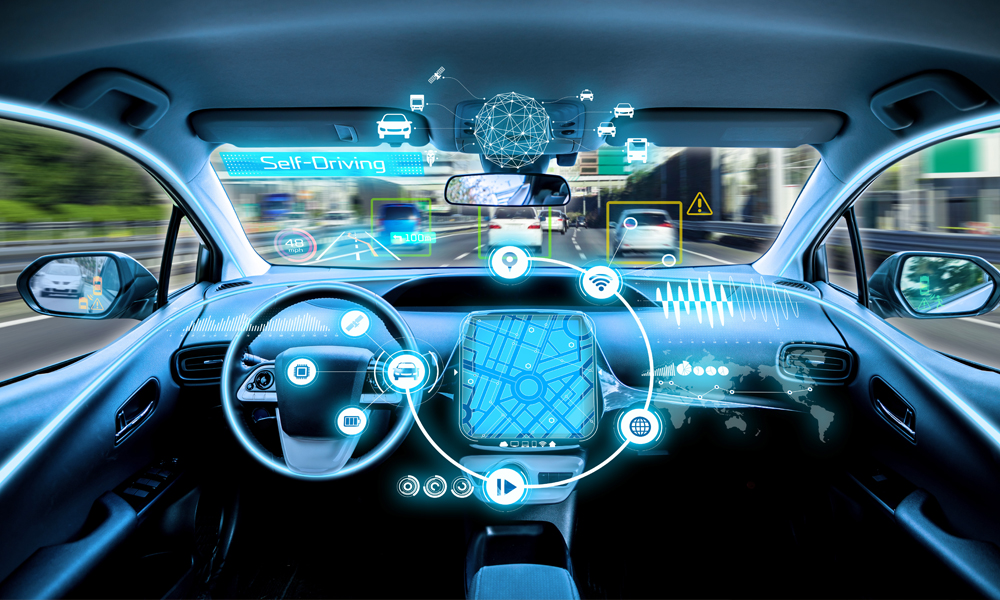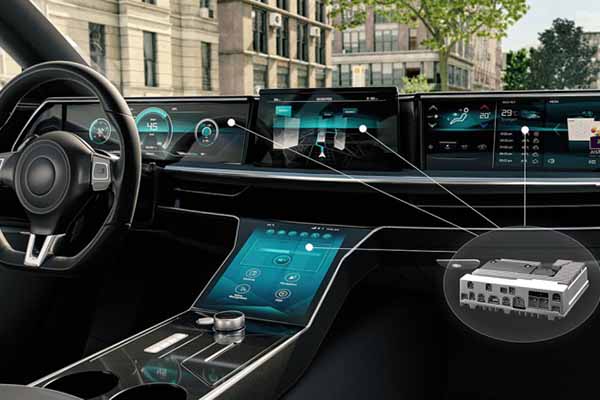The Role of Augmented Reality in Future Car Interfaces

As technology continues to advance, the automotive industry is undergoing a significant transformation. One of the most exciting developments in this field is the integration of augmented reality (AR) into future car interfaces. AR technology has the potential to revolutionize the way we interact with our vehicles, enhancing safety, convenience, and overall driving experience.
Enhanced Navigation and Wayfinding
One of the primary applications of augmented reality in car interfaces is in navigation systems. Traditional GPS systems provide audio and visual directions, but AR takes it to the next level by overlaying real-time information onto the driver’s view. With AR, drivers can see virtual arrows, street names, and other relevant information directly on the road, making navigation more intuitive and reducing the need to look away from the road or follow a screen.
Additionally, AR can also assist with wayfinding in unfamiliar areas. By recognizing road signs and landmarks, AR can superimpose directions onto the driver’s view, ensuring they never miss a turn or exit. This technology can significantly reduce driver stress and increase overall road safety.
Improved Safety Features

Augmented reality can play a crucial role in enhancing safety features in future car interfaces. For example, AR can be used to display real-time information about the vehicle’s surroundings, including blind spots, pedestrians, and other vehicles. By overlaying this information onto the driver’s view, AR can provide advanced warnings and alerts, helping drivers avoid potential accidents.
In addition to collision warnings, AR can also assist with parking. By using cameras and sensors, AR can project a virtual image of the car onto the driver’s view, making it easier to park in tight spaces. The virtual image can show the vehicle’s projected path, helping the driver maneuver accurately. This feature can be particularly useful for inexperienced drivers or those with limited spatial awareness.
Personalized and Interactive Interfaces
AR opens up new possibilities for personalized and interactive car interfaces. By using AR glasses or head-up displays, drivers can access a wealth of information without taking their eyes off the road. They can receive real-time updates about their speed, fuel levels, and upcoming maintenance requirements, all displayed within their field of view.
Furthermore, AR can integrate with other smart devices, such as smartphones and wearable technology, to provide a seamless user experience. Drivers can control various aspects of their vehicle through voice commands or gestures, making the overall driving experience more intuitive and convenient.
Augmented reality is poised to revolutionize future car interfaces, bringing forth a new era of driving experiences. With enhanced navigation, improved safety features, and personalized interfaces, AR has the potential to make driving safer, more convenient, and more enjoyable. As technology continues to advance, we can expect to see more car manufacturers integrating AR into their vehicles, paving the way for a truly immersive driving experience.



